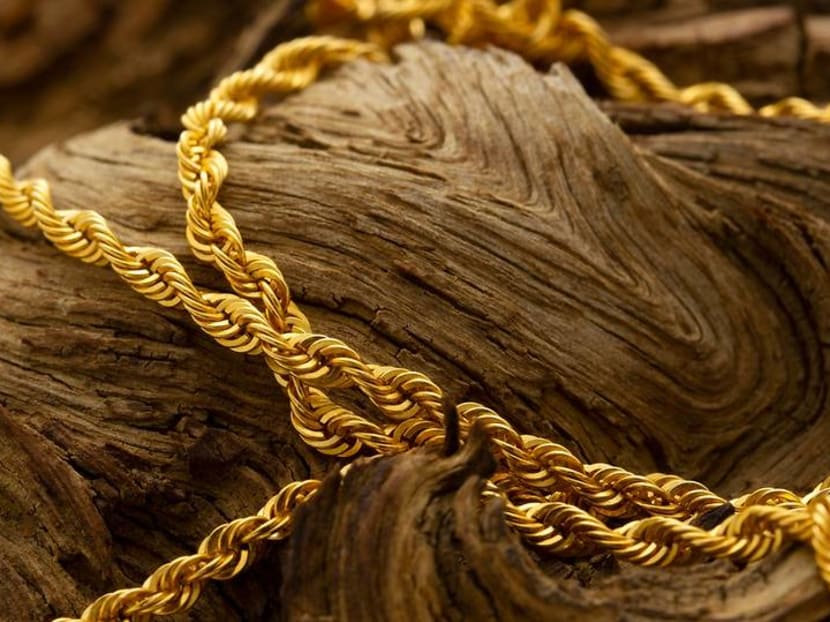Amid a pandemic, Singaporeans are now buying more gold
According to a recent report by World Gold Council, gold consumer demand in Singapore was 2.7 tonnes in the second quarter of 2021, up 124 per cent compared to the same quarter in 2020.

Gold consumer demand is growing in Singapore. (Photo: iStock)
In times of uncertainty, gold is commonly considered a safe haven asset. As the world’s earliest form of currency, it has garnered the reputation as a reliable store of value.
Amid the ongoing pandemic, demand for gold in Singapore has risen, according to a new report by the World Gold Council, released on Jul 29. Gold consumer demand in Singapore was 2.7 tonnes in the second quarter of 2021, up 124 per cent compared to the same quarter in 2020.
This overall demand was driven by factors including the weight of gold jewellery purchased by the country’s consumers, which was 1.7 tonnes, up 118 per cent year-on-year. Bars and coins – a category of physical gold products overwhelmingly bought by retail investors – was 1 tonne, a figure 132 per cent up year-on-year.
According to Andrew Naylor, regional CEO, Asia-Pacific (excluding China) at the World Gold Council, consumer demand for gold across ASEAN is starting to pick up as economies begin to recover.
“Gold is often seen as a protector of wealth and a safe haven asset. COVID-19 has had a significant impact on consumer confidence and it is in markets that have dealt with COVID-19 more effectively that consumer demand for gold has been stronger. ASEAN is an important market for gold – Vietnam, Thailand and Indonesia sit within the top ten consumer markets for gold worldwide, and Singapore has one of the highest per capita spending on gold globally,” said Naylor.
"Gold is often seen as a protector of wealth and a safe haven asset. COVID-19 has had a significant impact on consumer confidence and it is in markets that have dealt with COVID-19 more effectively that consumer demand for gold has been stronger." – Andrew Naylor
Globally, consumer investment in gold increased in the second quarter of 2021, although some investors were less bullish. Gold demand was at 955.1 tonnes over the quarter, a nine per cent increase from Q1 2021, and in line with the equivalent period last year (960.5 tonnes).
Between April and June, bars and coins saw a fourth consecutive quarter of year-on-year gains, with 243.8 tonnes purchased over the three-month period. Meanwhile, global consumers bought gold jewellery with a combined weight of 390.7 tonnes, 60 per cent more than the equivalent quarter last year.
While both global consumers and retail investors were purchasing again, institutional investors were less consistent. Worldwide there were only modest net inflows of 40.7 tonnes during Q2 into gold Exchange Traded Funds (ETFs) – financial instruments backed by physical gold whose flow “swings” are often driven by institutional buyers.
These inflows only partially offset the heavy outflows the industry witnessed in the previous quarter, making 2021 the first time since 2014 with net outflows in the first six months of the year.
Meanwhile, global central banks continued to buy gold throughout the quarter. Global gold reserves grew by 199.9 tonnes in Q2.
Looking towards the second half of the year, the World Gold Council estimates that worldwide jewellery demand could be in the range of 1,600 to 1,800 tonnes for the year, well above 2020 levels but below its five-year average.
Global investment demand should be in the region of 1,250 to 1,400 tonnes – slightly less than last year but in line with the ten-year average.
"ASEAN is an important market for gold – Vietnam, Thailand and Indonesia sit within the top ten consumer markets for gold worldwide, and Singapore has one of the highest per capita spending on gold globally." – Andrew Naylor





